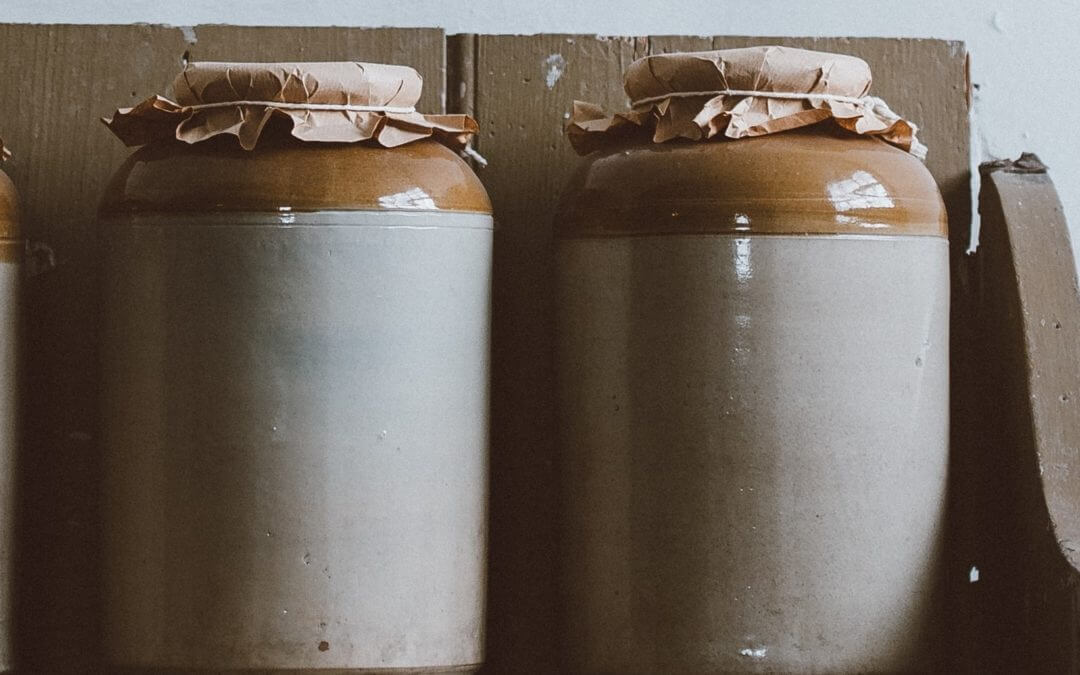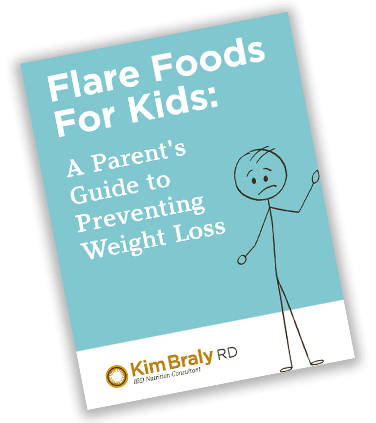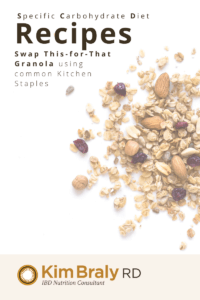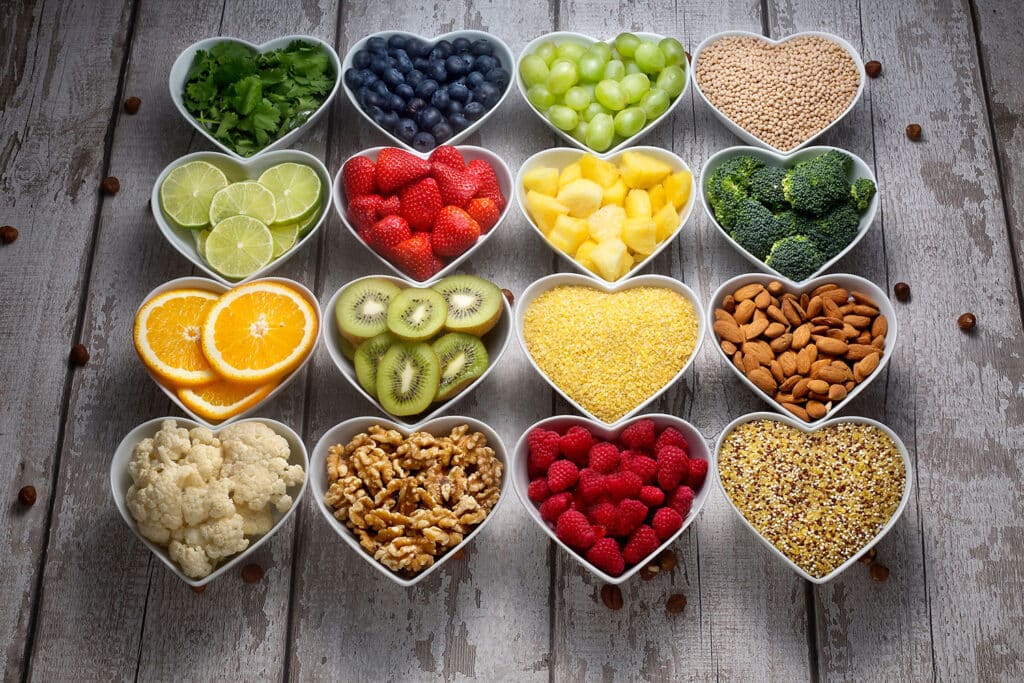Food Staples: What They Are & How to Store Them

WHAT IS A FOOD STAPLE?
A food staple is something that makes up a dominant portion of a given population’s diet. They are foods that are regularly, even daily, consumed, and this means that they supply the majority of nutrients and energy that a person needs. Since food sources vary by location, food staples vary from place to place depending on what is available locally. Food staples are frequently inexpensive, lower cost items with a longer shelf life.
There are lots of edible plants, but the most commonly consumed for energy intake in the world are included in the chart below. Over time, changes in factors such as technology, food storage, and transportation can affect food staples, but the following chart contains foods that have been utilized around the world for centuries:
Common Food Staples Around the World
| Grains & Grasses | Nuts & Seeds | Tubers | Legumes | Fruits | Animal Products |
| Rice Corn (maize) Wheat Millet Sorghum Quinoa |
Almonds Cashews Peanuts Cooking oils (such as canola and olive) Pine nuts Walnuts Brazil nuts Flaxseed Chia seeds |
Potatoes Cassava Yams Taro |
Beans Lentils Chickpeas Split Peas |
Starchy fruits (such as plantains and breadfruit) | Meat Dairy Fish Eggs |
One thing that is important to understand about food staples is that they cannot provide the full range of nutrients needed for a healthy diet. In other words, you need to combine food staples with other foods to make sure you get all the nutrients your body needs to function.
WHY IS IT HELPFUL TO HAVE STAPLES ON HAND?
Having a massive food storage isn’t always a practical solution or option depending on where you live, but keeping your favorite staples on hand in a rotating system can be helpful, both in everyday life and in unplanned or emergent situations. Food staples frequently make up the basis of recipes. Storing these on hand will allow you to create meals without necessarily having a recipe or meal plan in advance. If space is tight, food staples can be stored in a closet or above the refrigerator.
The following is a simple system to help evaluate your “staple status”, which can give you a sense of security without the overwhelm of an overstocked pantry or overstretched budget:
A Simple Staple System
- Only buy bulk items when it’s a better value to buy more, and ask yourself if it is something you will actually use in a reasonable amount of time
- Use online grocery subscriptions (such as Amazon Pantry) for items that you use on a cycle. If you know that you will need something every three months, you can save yourself the hassle of reordering while getting the reward of saving a couple dollars here and there, and that adds up.
- Have a box of extra, unopened items that can be checked for something you need before running to the store. I usually empty my grocery bags into this box (for things that don’t need to be refrigerated), so it’s like I go “shopping” out of this box before I go shopping at the store. Alternatively, an organized shelf system can also help you identify quickly what you are out of.
- Make note of recipes you like that use mostly staples. If you have favorites that are made from things like oats, flour, and nuts that you usually have on hand, it’s a lot easier to make healthful choices even when you are in a bind. Plus, this will save you money.

| If you are out of this… | …try substituting with this! |
| Rice | Quinoa, cauliflower rice, other riced vegetables |
| Noodles | Spiralized squash or zucchini |
| Sugar | Honey, maple syrup, or agave |
| Beans | Lentils |
| Peanut Butter | Homemade nut butter |
| Milk | Homemade nut milk |


How to Store your Staples
General Tips & Resources
- Foods and drinks include a “sold by” or “used by” date. Though judgement should be used, these dates refer to the product’s quality rather than safety. Be especially careful with meat and dairy products
- The FoodKeeper App, which is a website managed by the U.S. Department of Health & Human Services, is a great resource to make sure foods (anything from baby foods to vegetarian proteins) are stored and consumed safely
- In general, if a food has developed an off odor, texture, or looks spoiled, it’s best to err on the side of caution and toss it out.
- Most fruits and vegetables can be frozen. The general rule is that lower water content when freezing equals better thawing quality. For example, corn generally freezes and thaws to produce a more pleasant quality and taste than does spinach.
Condiments & Other “refrigerate after opening” products
- Can generally be eaten beyond the date on the label, as long as they have been stored correctly
Frozen Foods
- Individual containers (will keep for up to 2-3 months without significantly losing quality)
- Freeze items that you won’t use immediately sooner, rather than later for peak freshness and quality retention. In other words, when foods are frozen at their peak quality they thaw better than foods frozen towards the end of their useful life.
- Meat and poultry products experience little change in nutrient value during freezer storage.
- As a general rule, it is safe to freeze meat or poultry directly in the original packaging, assuming that the original packaging has not been torn or opened previous to freezing. However, for prolonged storage, it is recommended to rewrap it or add an extra layer of wrapping to it.
- Previously frozen meat or the unused portions of cooked foods that are thawed in the refrigerator can be refrozen, as long as it has been properly handled.
- Leftovers should generally be frozen within 3-4 days.
- The “Freezer Storage Chart” on “Freezing and Food Safety” by the USDA can give you more information about proper freezer procedures for your food staples.
Perishable Foods
- Things such as meat and dairy products can generally be used a few days after the label date, as long as they have been stored at a safe temperature
- Buy them towards the end of your trip to reduce the amount of time they spend at room temperature
- Meat sometimes changes color depending on variety, oxygen exposure, freezer burn, or length of storage. Color change does not always mean spoiled food, and should not be used as a sole indicator of spoilage.
Nuts & Seeds
Due to the variety of nuts and seeds, there are a variety of ways to harvest, handle, store, and enjoy them. Click on the links below to learn more about each kind and their proper handling and storage.
- Hazelnuts, Walnuts, and Chestnuts
- Almonds, Chestnuts, Pecans, Pistachios, and Walnuts (if you scroll to page 3 on this document, Table 1 contains information regarding “Typical Storage time for nuts at refrigerator or freezer temperatures”)
- Cashew, Coconut, Hazelnut, Macadamia, Pine Nut, and Other
The government’s website on food safety has a “Cold Food Storage Chart” that can also help guide your decisions when it comes to storing your staples to avoid spoilage. They also have a “Refrigerator & Freezer Storage Chart” that can be printed and used as a quick reference.
Need some inspiration or ideas on how to use your kitchen staples?
Check out Kim’s Swap This-for-That Granola, which uses common kitchen staples for those on the SCD or Modified SCD. Plus, get a free downloadable, printable version to keep in your cookbook!
Click Here to Get the Recipe for “Swap This-for-That Granola”
RESOURCES
- Resource Library, Encyclopedia Entry. Food Staple. National Geographic Society. Accessed at https://www.nationalgeographic.org/encyclopedia/food-staple/.
- National Heart Foundation. Legumes, Nuts, and Seeds. National Heart Foundation of Australia. Accessed at https://www.heartfoundation.org.au/healthy-eating/food-and-nutrition/protein-foods/legumes-nuts-and-seeds.
- National Heart Foundation. Healthy fat choices. National Heart Foundation of Australia. Accessed at https://www.heartfoundation.org.au/healthy-eating/food-and-nutrition/fats-and-cholesterol/monounsaturated-and-polyunsaturated-omega-3-and-omega-6-fats.
- Klemm S. Getting Groceries During Quarantine. Academy of Nutrition and Dietetics. 2020. Accessed at https://www.eatright.org/food/planning-and-prep/smart-shopping/getting-groceries-during-quarantine.
2 Comments
Leave a Comment

Hi! I'm Kim Braly, RD, a clinical researcher and IBD Nutrition Consultant. I specialize in cutting-edge dietary therapies for inflammatory bowel disease that have been shown in multicenter trials to decrease inflammation, alleviate IBD symptoms and induce remission. I'm passionate about offering this effective new option to patients and their families with my 3D-Dietary™ Approach for IBD and helping to usher in a new era of IBD treatment through mentoring and research trial consultation. Let's see what diet can do for you.
ABOUT
FOR PATIENTS

Flares Happen!
You can't always put your life on hold when IBD rears its head, but you can make this your easiest flare yet. My proven diet and lifestyle tips support your gut, body, mind & emotions for a faster recovery and a longer remission.
FOR PARENTS

Is Your Child’s Weight Dropping Fast?
You don't have to stand helpless during an IBD flare. Feed your child foods proven to minimize triggers, calm inflammation, and repair the gut. Get them healing and growing!











Delicious recipe! And it was so easy, I was able to throw it together while my toddler was eating breakfast! (except for the baking part) win win!
This is fantastic news Mindee! That was the hope – easy, delicious and nutritious using what you have on hand. Thank you for sharing.